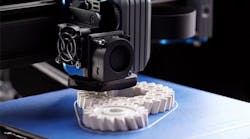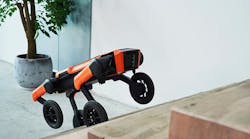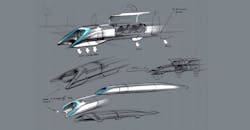Ever since Elon Musk, CEO of Tesla Motors and SpaceX, introduced his ideas for the Hyperloop back in 2013, it has been met with skepticism and harsh criticism. For those unfamiliar, the Hyperloop is a proposed transportation system that uses sealed-off vacuum tubes for a pod to travel 900 miles at speeds up to 760 miles per hour. It was immediately listed as science fiction. Many engineers and transportation experts pointed out the cost and possible engineering problems that would make the Hyperloop an impossible project.
Back in 2013, physicist Dr. Stephen Grande, responded with some of his concerns with the Hyperloop. Air resistance is a major concern. Dr. Grande states that “the faster you go, the more the air piles up in front and the more resistance you get, which means you have to push even harder. And it’s not what we physicists call a ‘linear effect.’” The solution to this problem is to use a vacuum. However, according to Dr. Grande, that brings its own problems. Pumping air out to achieve close to 0% as possible is extremely difficult “because air is wanting to rush back into your tube, and any leak or crack will kill your vacuum.” The Hadron Collider is the largest vacuum tube in the world and has worked tirelessly to achieve its vacuum.
The plan for the Hyperloop is to reduce the atmospheric pressure to 0.1% in the tube. The remaining air will still pile up at the front of the pod, which is why Musk will require the pod to have a fan on the front to consume the air and push it out the back. The pod itself is an issue. They want to reduce the friction the pod will have with the tube. Maglev trains solve this by floating on magnetic fields. The Hyperloop plans to use “air bearings,” which cause the pod to float on a cushion of air. The air comes from the fan at the front of fan.
Dr. Grande voices his concerns on how this will be achieved practically. He comments on how the proposal from Musk “hand waves at the technical challenges of moving the cars from the low-pressure tubes into a station at regular atmospheric pressure. How good are your seals? How much air floods into the system every time you have a car come into the station?” Dr. Grande sums it up succinctly that “Engineering is all about turning ideas into concrete things, and any engineer will tell you that what crazy people like me dream up often can’t be manufactured all that easily.”











